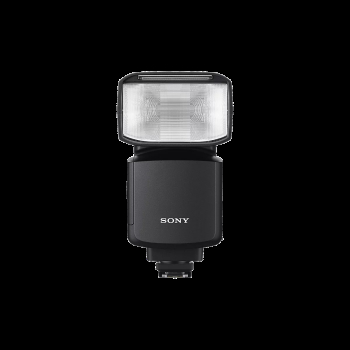- Compact and lightweight
- Easy to use
- Flexible flash control
- High guide number
- Advanced TTL features
- Durable build
- Lower guide number
- Limited battery life
- Requires AA batteries
- Higher price
Nikon SB-700 AF Speedlight vs Sony HVL-F60RM2
When it comes to camera flashes, photographers often find themselves torn between various options, each with its unique features and capabilities. Two popular models that have garnered significant attention in recent years are the Nikon SB-700 AF Speedlight and the Sony HVL-F60RM2. In this comparison, we'll delve into the details of both products to help you make an informed decision.
Overview
The Nikon SB-700 AF Speedlight is a high-performance flash unit designed for Nikon DSLR cameras. It features a guide number of 38 (at ISO 100) and offers advanced functions such as i-TTL, manual mode, and wireless control. The Sony HVL-F60RM2, on the other hand, is a flagship flash unit designed for Sony Alpha mirrorless cameras. With a guide number of 60 (at ISO 100), it boasts an impressive range and advanced features like radio wireless control, TTL metering, and a built-in LED light.
Key Features
Both camera flashes offer a range of features that cater to the needs of professional photographers. Here are some key differences:
- Power and Range: The Sony HVL-F60RM2 has a higher guide number (60) compared to the Nikon SB-700 AF Speedlight (38), making it more suitable for larger studios or outdoor shoots.
- Wireless Control: The Sony HVL-F60RM2 features radio wireless control, which offers greater range and reliability than the optical wireless control found in the Nikon SB-700 AF Speedlight.
- TTL Metering: Both flashes offer TTL (Through-The-Lens) metering, but the Sony HVL-F60RM2's system is more advanced, with improved accuracy and faster calculation times.
- LED Light: The Sony HVL-F60RM2 has a built-in LED light that can be used for video or as a modeling light, whereas the Nikon SB-700 AF Speedlight does not have this feature.
- Bounce and Swivel: Both flashes offer bounce and swivel capabilities, but the Sony HVL-F60RM2's head rotates 180° (left and right) and tilts 150° (up) and -8° (down), providing more flexibility.
Build Quality and Design
In terms of build quality and design, both camera flashes are well-constructed and ergonomic. The Nikon SB-700 AF Speedlight has a more compact body, weighing in at approximately 11.6 oz (330g), while the Sony HVL-F60RM2 is slightly larger and heavier, at around 15.9 oz (450g). The Sony flash also features a more intuitive interface, with a larger LCD display and easier-to-use controls.
Compatibility
The Nikon SB-700 AF Speedlight is designed for use with Nikon DSLR cameras, while the Sony HVL-F60RM2 is compatible with Sony Alpha mirrorless cameras. If you're invested in one of these ecosystems, it's essential to choose a flash that matches your camera brand.
Conclusion
In conclusion, both the Nikon SB-700 AF Speedlight and the Sony HVL-F60RM2 are high-quality camera flashes that cater to different needs and preferences. The Sony HVL-F60RM2 offers more advanced features, greater power, and a built-in LED light, making it an excellent choice for professionals who require a reliable and versatile flash unit. On the other hand, the Nikon SB-700 AF Speedlight is a more compact and affordable option that still delivers excellent performance and value.
Ultimately, when choosing between these two camera flashes, consider your specific needs, budget, and the type of photography you'll be doing most often. By weighing the pros and cons of each model, you'll be able to make an informed decision and find the perfect flash unit to complement your camera setup.































